5 movies you should watch on The Criterion Channel in February
- Oops!Something went wrong.Please try again later.
- Oops!Something went wrong.Please try again later.
- Oops!Something went wrong.Please try again later.
- Oops!Something went wrong.Please try again later.
- Oops!Something went wrong.Please try again later.
The Criterion Collection and Janus Films’ meticulously crafted library of more than 1,500 movies is now available to stream on the Criterion Channel, alongside other handpicked titles from Hollywood and beyond. The independent streaming service is a cinephile’s dream come true, featuring a fantastic mix of beloved classics, underrated indie flicks, and must-see contemporary films.
It can be hard to choose which movies to see first, but there are a few essential movies from the Criterion Channel that should be at the top of subscribers’ watchlists. From French New Wave classics like Breathless to acclaimed romantic dramas like In the Mood for Love, viewers can’t go wrong with these important, influential, and entertaining films streaming right now.
Ikiru (1952)
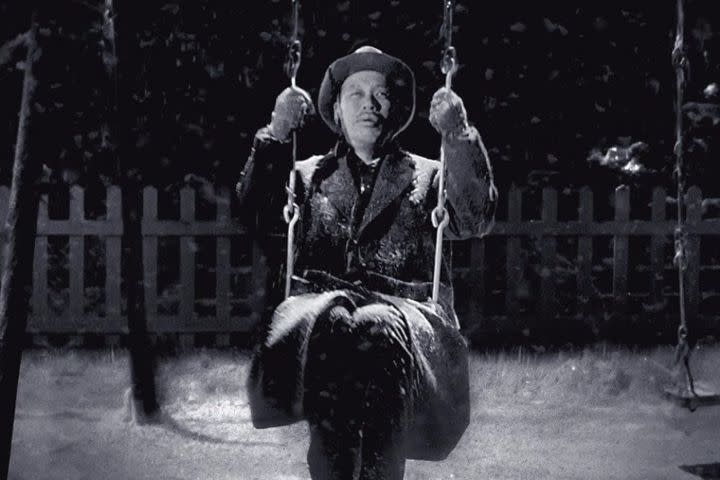
Akira Kurosawa is a legendary Japanese director known for genre-defining masterpieces like Seven Samurai, Rashomon, and Ran. A lesser-known, but still essential work by Kurosawa is 1952’s Ikiru. The poignant drama film tells the story of Mr. Kanji Watanabe (Takashi Shimura), a middle-aged bureaucrat who has spent decades mindlessly shuffling papers in a dull government office. After receiving terrible news that he has terminal cancer, he becomes determined to leave a lasting legacy, and Mr. Watanabe sets out to find a way to do something good for the local community.
Ikiru is one of the best existential movies most people have likely never heard of because of how old the film is. The movie benefits from Kurosawa’s direction, as despite being made in the 1950s, it’s still easy to watch and appreciate today. Its tearjerking tale is also just as powerful as ever, with Mr. Watanabe’s quest for meaning beyond being just a cog in the machine being a painfully relevant and necessary message.
Breathless (1960)
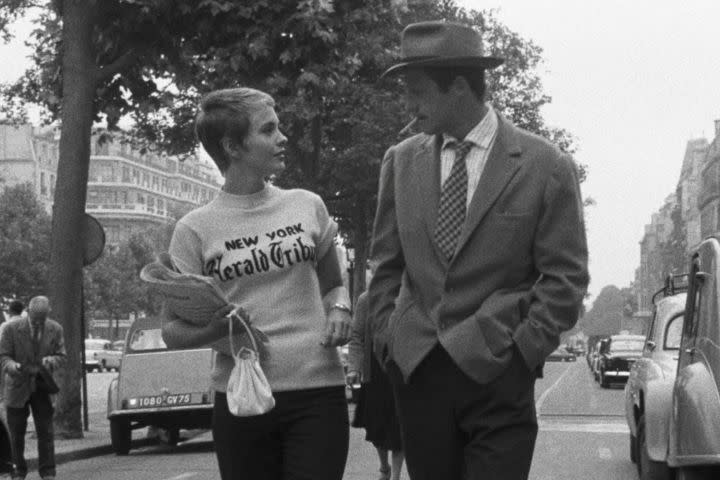
Breathless, or À bout de souffle, is a groundbreaking film that has become synonymous with the French New Wave, and its director, Jean-Luc Godard, eventually was regarded as one of the figureheads of the movement. The film takes place in the romantic streets of 1960s Paris, where the charming, but reckless Michel Poiccard (Jean-Paul Belmondo) is on the run and seeking refuge with his American lover, Patricia Franchini (Jean Seberg).
The French New Wave brought about numerous filmmaking techniques that are still used today, with its rebellious pioneers inspiring countless future directors and artists. Breathless, in particular, boasted a bold visual style that included the frequent and unconventional use of jump cuts. Its nonlinear narrative was also innovative at the time, lending the film an atmosphere that felt free as one conversation would effortlessly flow into another. Godard’s rejection of traditional cinematic conventions makes Breathless a marvel to behold more than 60 years later.
Vertigo (1958)
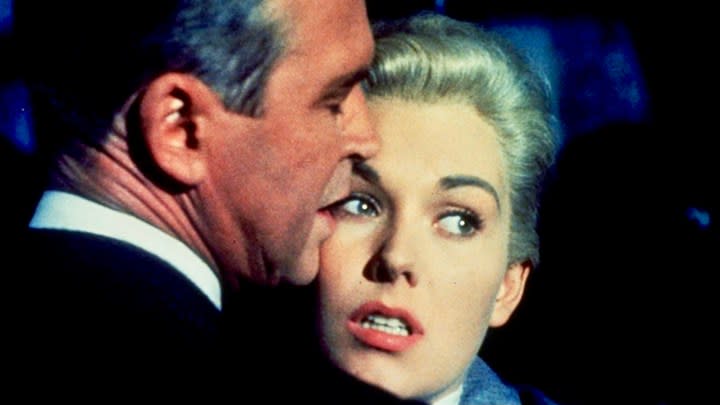
Widely considered Alfred Hitchcock’s magnum opus, Vertigo is a spellbinding psychological thriller that revolves around the twisty tale of former San Francisco police detective Scottie Ferguson (James Stewart). Haunted by acrophobia, vertigo, and the tragic death of a colleague, Scottie seemingly catches a break when he’s hired for an easy job to tail an acquaintance’s wife, Madeleine Elster (Kim Novak). The investigation turns out to be anything but simple, as Scottie is roped into a whirlpool of madness and despair.
Vertigo showcases the very best of the Master of Suspense. It’s technically impressive, with its inventive use of the dolly zoom resulting in “the Vertigo effect,” which has become commonplace in the film industry today. Alfred Hitchcock’s thrilling movie also combines a tense atmosphere, unexpected plot twists, and a psychologically complex protagonist to create a nail-biting and almost dreamlike viewing experience that still holds up incredibly well today.
In the Mood for Love (2000)
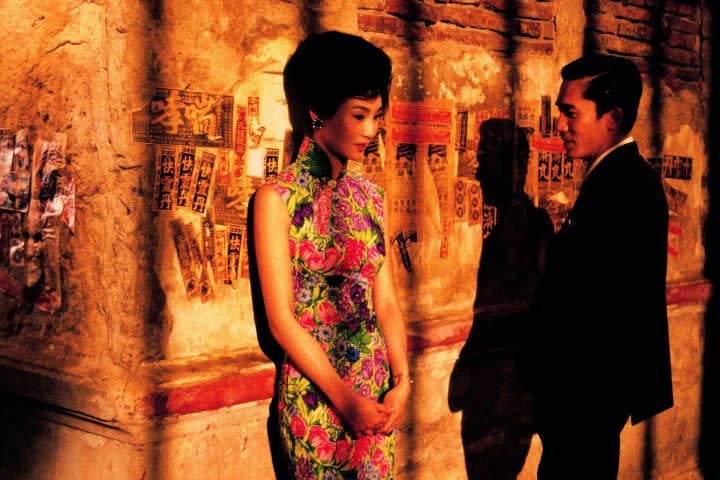
In the Mood for Love is a gorgeous and delicate romantic drama film that’s centered on two neighbors, Chow Mo-wan (Tony Leung) and Su Li-zhen (Maggie Cheung), who discover their spouses are having an affair. Set against the vibrant backdrop of 1960s Hong Kong, Chow and Su begin a tentative relationship, mostly holding back due to societal norms at the time and their own personal inhibitions.
Directed by Wong Kar-Wai, In the Mood for Love oozes with style and benefits from its unique atmosphere. Through lush colors, mesmerizing cinematography, and meaningful framing, Chow and Su’s doomed romance unfolds at a deliberately slow pace. Their connection is mostly built through unspoken desires and longing glances, with some scenes full of tension that could be cut with a knife. The 2000 film is a meditative, one-of-a-kind depiction of love and heartache, showing how such moving stories can be portrayed with an elegant subtlety.
Come and See (1985)
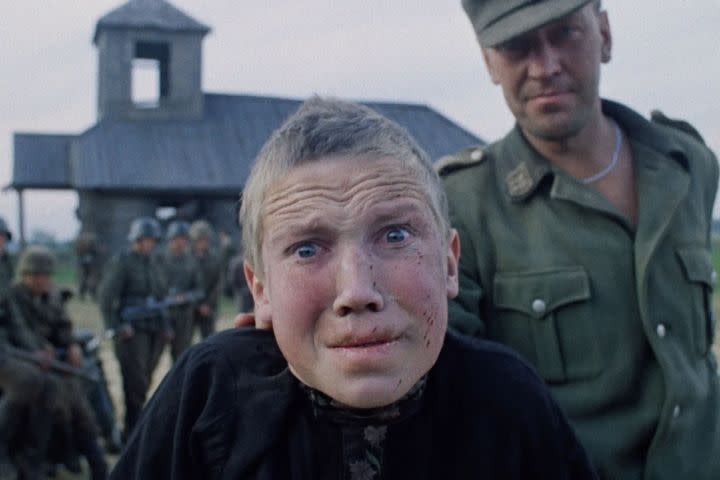
Director Elem Klimov’s Come and See is a harrowing anti-war film that follows the experiences of a young Belarusian boy named Florya (Aleksei Kravchenko) during the Nazi German occupation of Belarus in World War II. Florya is initially eager to join the Soviet resistance against the invading German forces, but he is quickly confronted with the brutal realities of warfare, especially as he comes face-to-face with countless deaths.
Come and See uses hyperrealism and surrealism to devastating effect, portraying the horrors of war with vivid clarity even as Florya’s journey takes him through nightmarish landscapes. It’s one of the best war movies of all time, delivering its political and philosophical messages through an unflinching story of an innocent boy who loses everyone and everything he knew. Even viewers who have seen the most brutal war films should be warned, Come and See is not for the faint of heart. It’s a powerful and significant film in the genre, but it understandably goes to some deeply disturbing places and is full of gut-wrenching moments that its young protagonist should have never had to experience.

